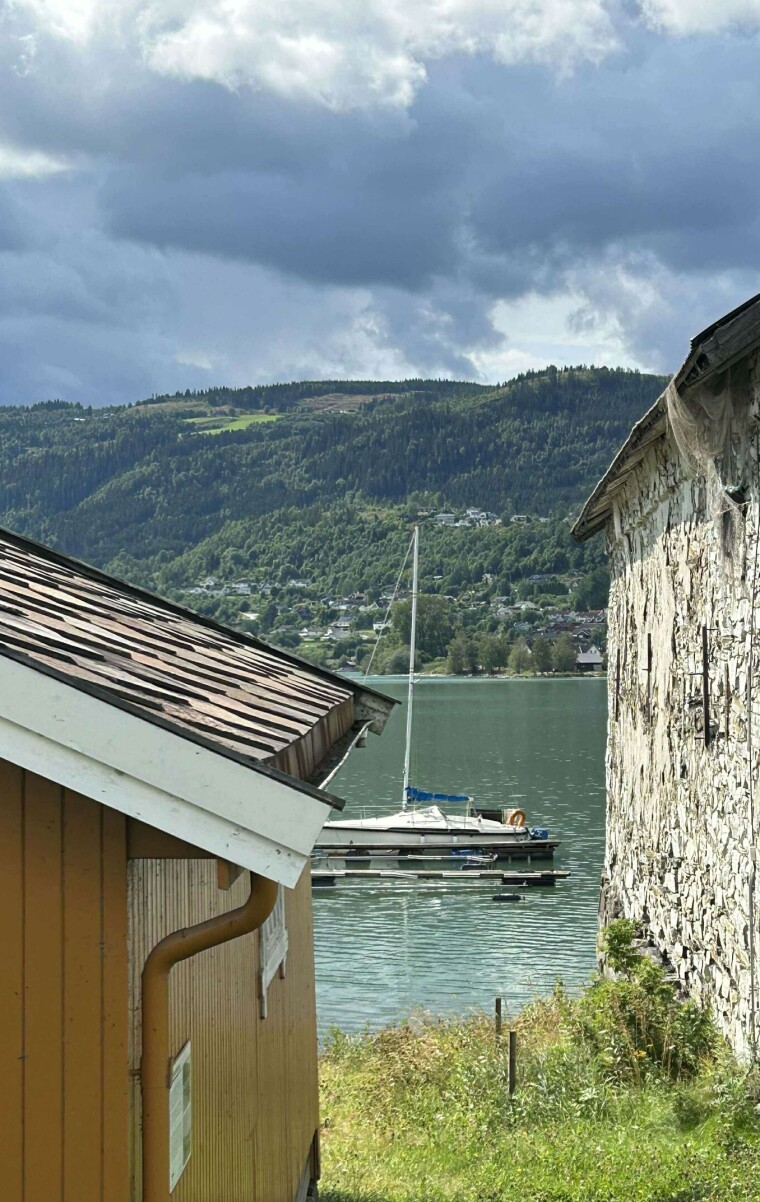
Every summer, something unusual happens at the northern end of Norway's largest lake, Mjøsa.
The water transforms.
The deep blue-grey is replaced with a cloudy greenish hue.
When Norway's largest lake changes colour
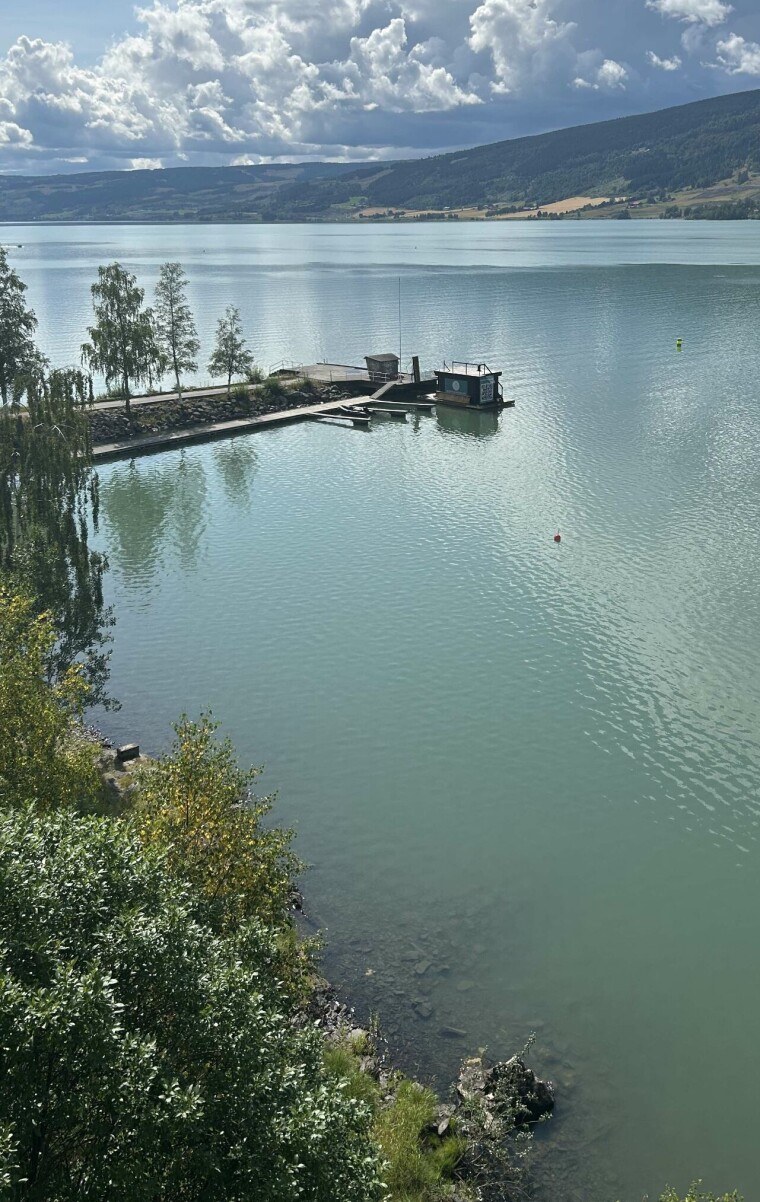
The colour is especially strong this year, Jan-Erik Thrane tells Norwegian Broadcasting Corporation NRK.
He is a researcher at the Norwegian Institute for Water Research (NIVA) and leads the monitoring programme for Lake Mjøsa.
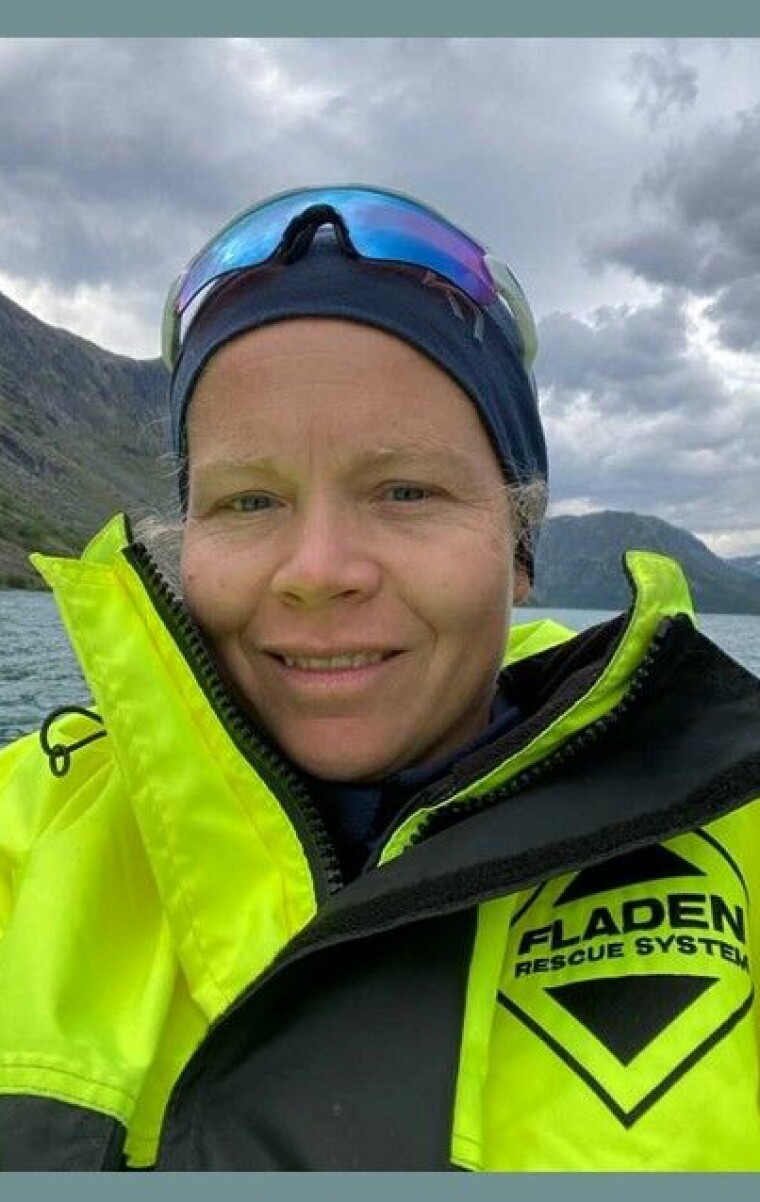
Colleague Sigrid Haande elaborates to Science Norway.
"This year stands out because it all happened so quickly," says the NIVA researcher.
A green tint in the water can be the result of algae or bacteria.
But this is something else.

The murky hue in the northern part of Lake Mjøsa does not come from anything living.
To find the explanation, we need to look higher up in the mountains.

Jotunheimen.
A walk along the ridge of Besseggen offers a view of two lakes.
Bessvatnet is deep blue.
Gjende is milky green.

“The difference is due to different reflection of sunlight,” Liss Marie Andreassen writes to Science Norway.
Gjende receives a lot of water from glaciers.
Bessvatnet does not.
When a glacier melts, the ice grinds against the bedrock, explains the glacier researcher at the Norwegian Water Resources and Energy Directorate (NVE)
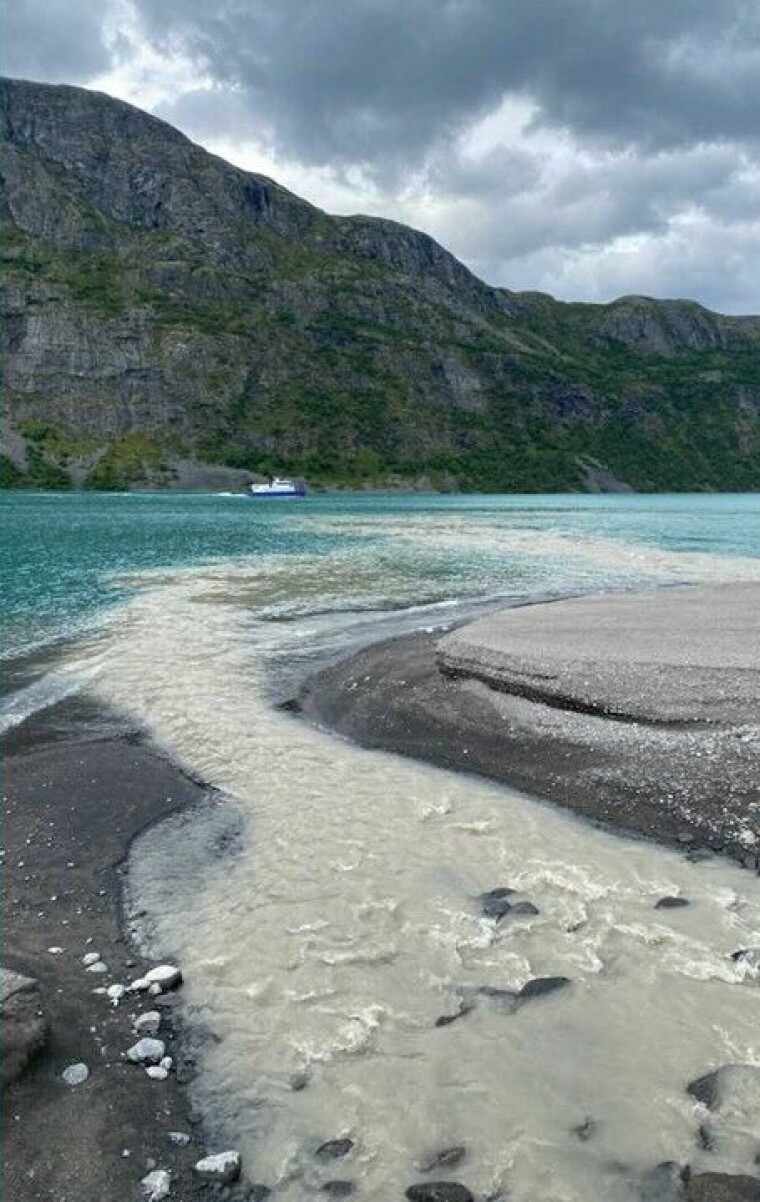
Tiny fragments of rock are worn away from the mountains.
This is why streams of water carrying pale grey glacial silt flow from the glaciers.
When the sediment flows into a larger body of water, it becomes diluted.
The particles then give the water its green tint, as seen in Gjende.
Norwegian research from 1988 shows that the colour depends on more than just the amount of sediment present.
Particle size also matters.
The heavier grey particles sink deeper towards the bottom, while the smallest remain near the surface.
And it is these finest grains that reflect the green wavelengths of sunlight, according to the study.
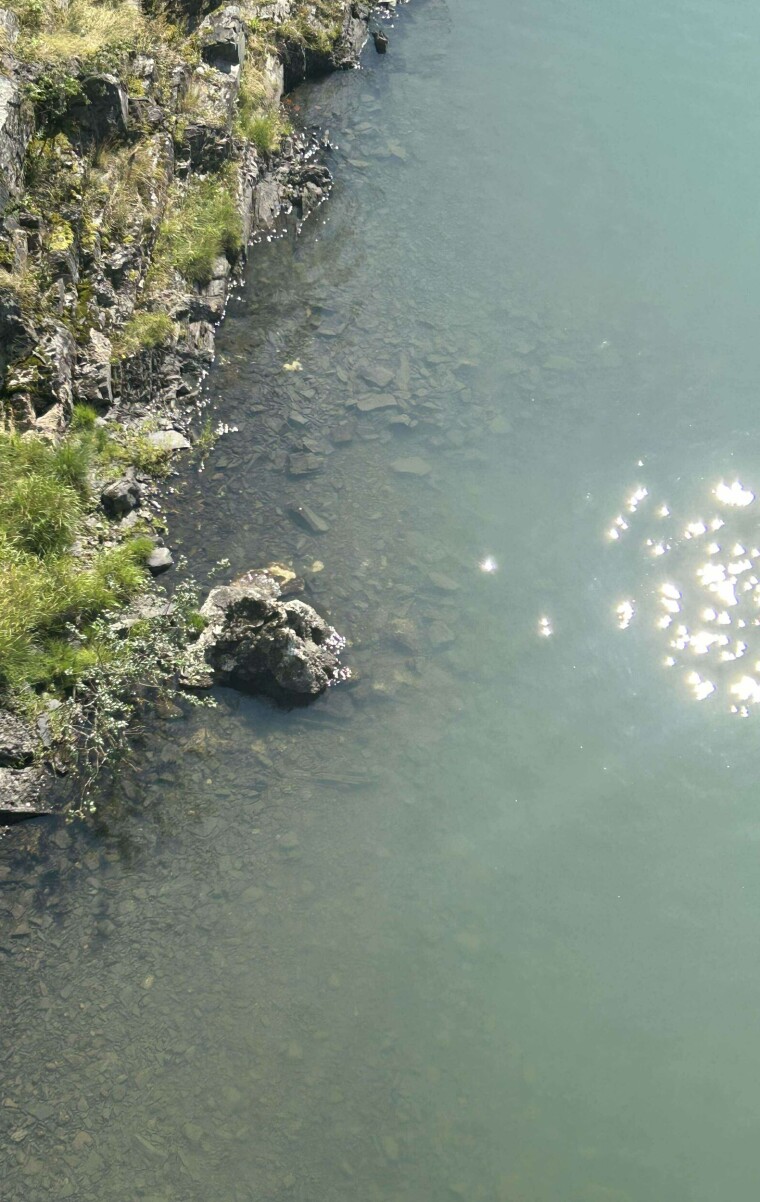
But how does glacial silt travel all the way to Norway’s largest lake?
“The clay particles are so fine that they can be carried great distances,” explains NVE researcher Andreassen.
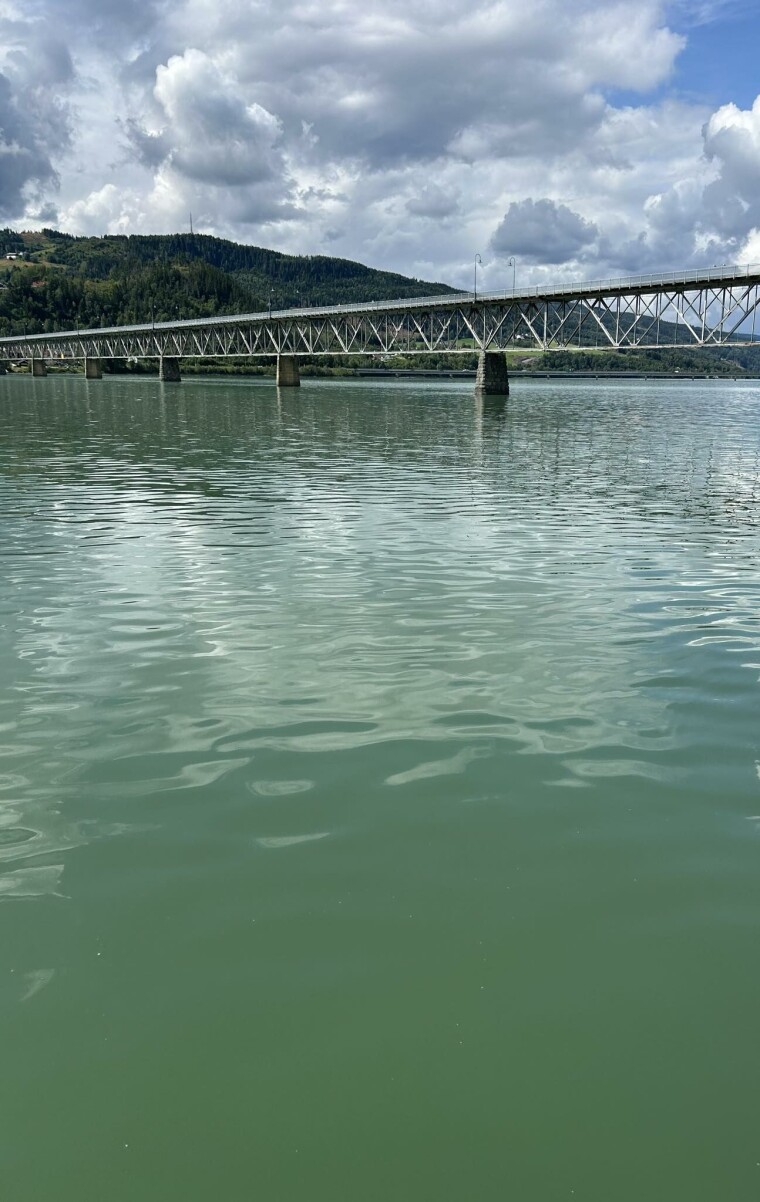
The Glomma river system, which includes Lake Mjøsa, is not only Norway's largest.
Meltwater from 240 square kilometres of glaciers flows into this vast network of rivers and lakes.
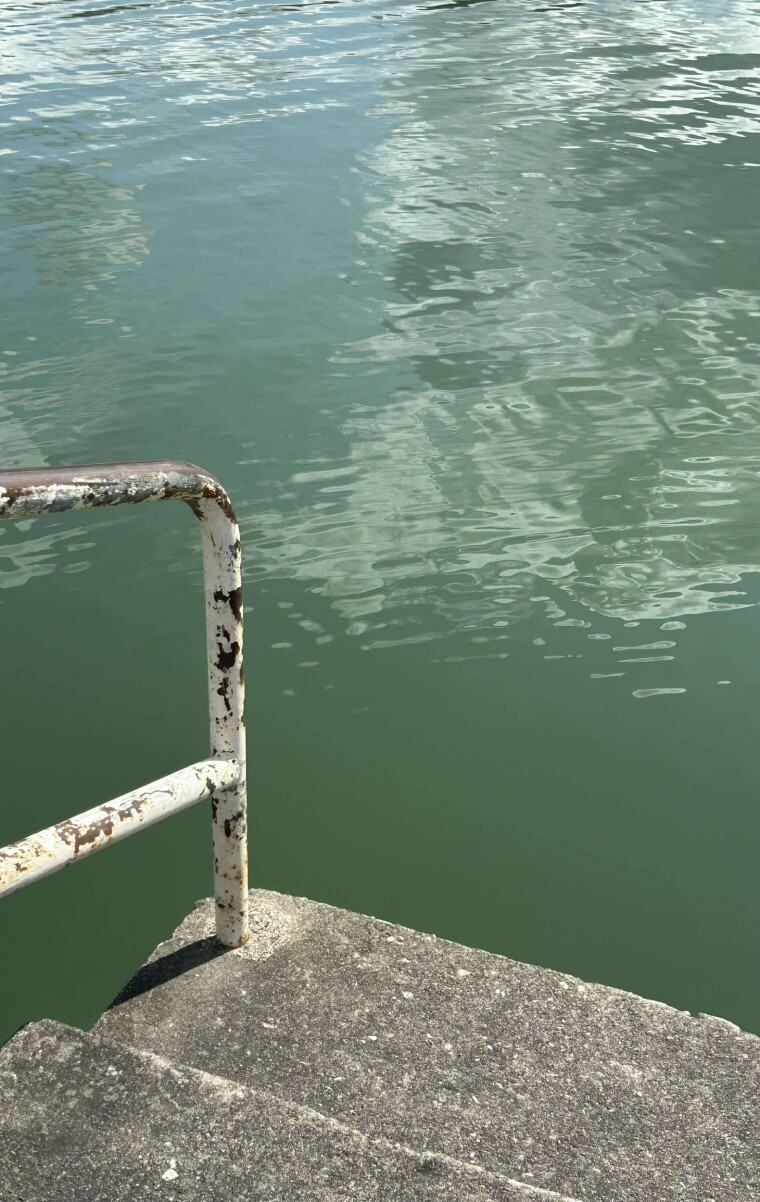
But why did Lake Mjøsa become so green this year in particular?
Warm weather has melted large amounts of glacier ice, explains NIVA researcher Sigrid Haande.
With little rainfall to dilute the meltwater, the glacial silt was more visible than usual.
“This isn't something we've never seen before, but it’s probably more noticeable and intense than during slightly cooler summers,” says Haande.
“But it’s quite possible we’ll see more of it in the future,” she adds.
———
Translated by Alette Bjordal Gjellesvik
Read the Norwegian version of this article on forskning.no

Subscribe to our newsletter
The latest news from Science Norway, sent twice a week and completely free.




































